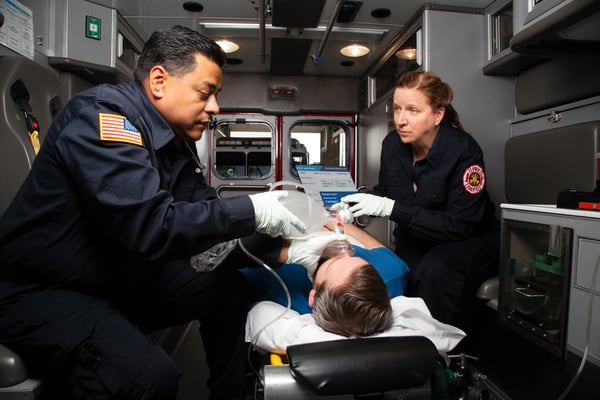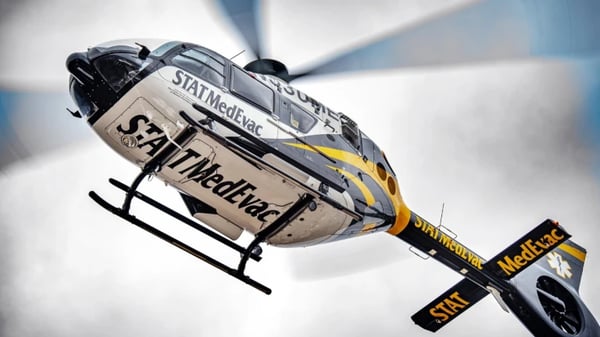News Alert: New ePCR Integration Simplifies EMS Data Management and Enables Better Care Coordination
American Heart Month Roundup: The Role of Data in CPR & STEMI Care
Did you know that about 610,000 people die of heart disease in the United States every year? That’s one in every four deaths
Was this information valuable?
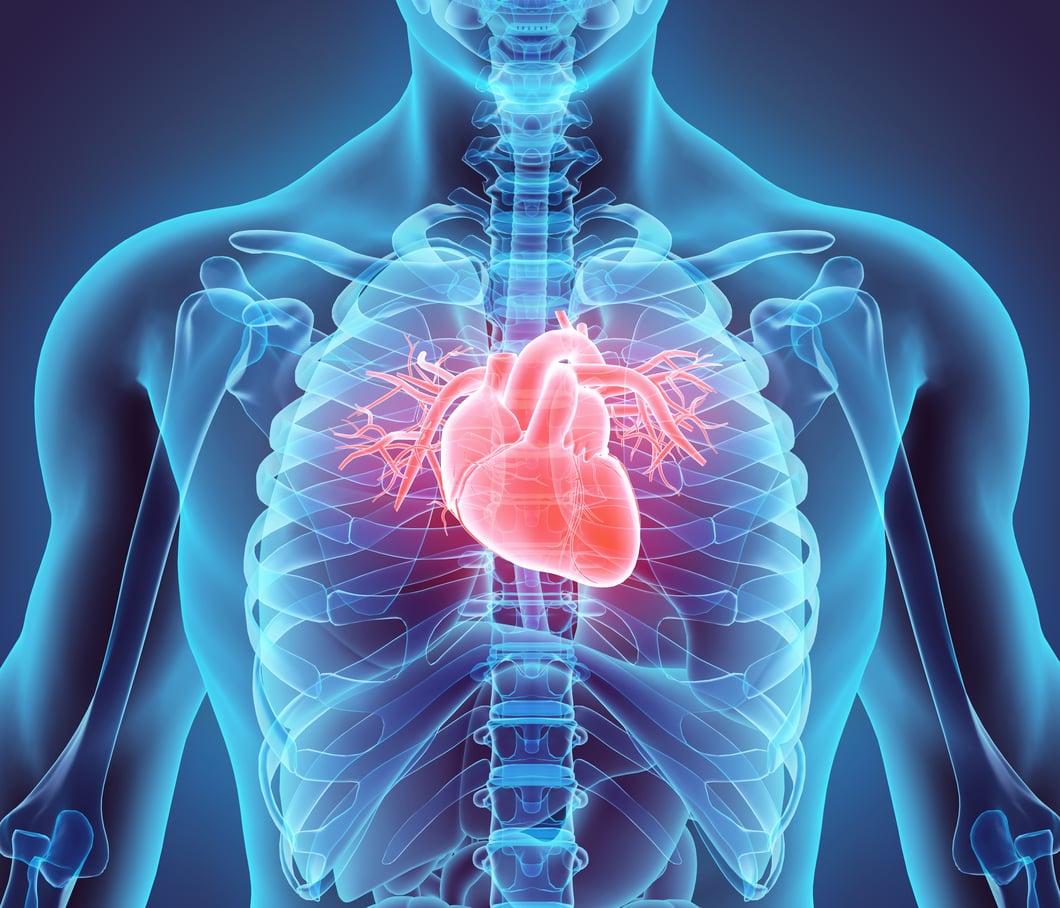
Did you know that about 610,000 people die of heart disease in the United States every year? That’s one in every four deaths. Of those deaths, about 47 percent occur outside the hospital. As an EMS professional, how can you help reduce deaths associated with heart events? High-quality CPR is a good place to start.
During the month of February, we focused the majority of our blog content around American Heart Month, delving into the important role data can play in regard to the quality of resuscitation, STEMI care and more.
LA County Fire Collects & Analyzes Data to Improve CPR Performance
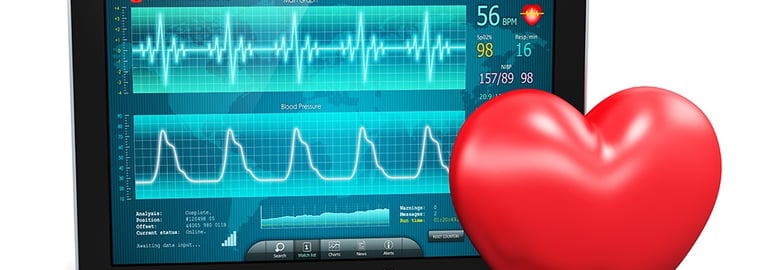
One of the largest fire departments in the United States, the Los Angeles (LA) County Fire Department has 174 fire stations, 73 paramedic squads and many more paramedic assessment units. In 2016, LA County Fire Department’s call volume was approximately 350,000. Of those calls, 300 to 350 calls per month are for cardiac arrest. How could CPR performance and patient outcomes improve if the fire department started collecting and analyzing data on those calls?
How to Improve Patient Outcomes & Provider Safety on the Move
When resuscitation on the move is necessary you want two things: you want the highest-quality CPR and you want to make sure while that CPR is being delivered that the patient and the crew are safe. That’s why my agency, Medic One Ambulance based in Jonesboro, Arkansas, has invested in the AutoPulse Resuscitation System, ResQPOD ITD and Road Safety from ZOLL.
CPR University: Hands-On Course is Designed to Improve Survival from Cardiac Arrest
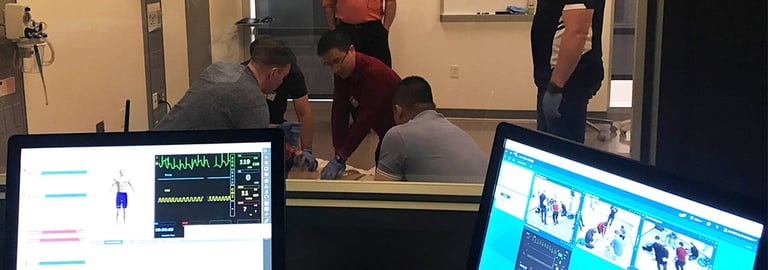
High-performance or high-quality CPR has been around for years now, but do we as EMS professionals understand what it takes to achieve and improve outcomes from cardiac arrest? We can read the American Heart Association (AHA) website, studies and a multitude of articles from various authors on what we need to do to perform high-performance CPR, but implementing the system of care that it takes to move the needle on survival can be a challenge. A worthwhile challenge in my opinion – we can save lives that would ordinarily be lost.
Debriefing for the Modern Age: The Importance of Code Data from the Hospital Side
The concept of debriefing started in the military, with individuals providing first-hand accounts that were then analyzed and used to strategize for future missions. But debriefing isn’t just for the military — far from it. Many other fields, including some dealing with life-and-death scenarios, have embraced debriefing. For example, the American Heart Association (AHA) considers debriefing to be an essential component of every cardiac arrest resuscitation effort. The AHA recommends doing quantitative, focused debriefings that look at things like chest compression rate and depth during CPR because survival is linked to CPR quality.
Taking a Deeper Look at the Guidelines for CPR
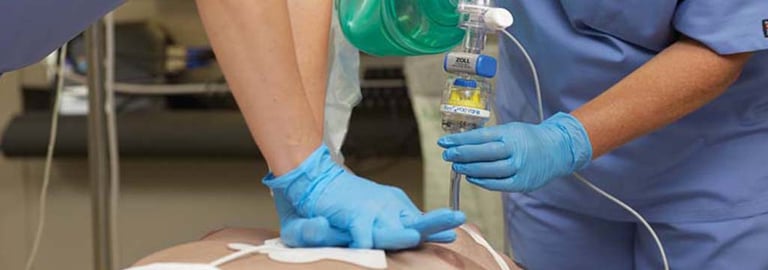
Not so long ago, professional rescuers were taught the same things as civilians when it comes to CPR — push hard, push fast. That was all you needed to ensure you were doing good chest compressions. The new American Heart Association (AHA) Guidelines have raised the bar. Now, there is greater specificity on the rate and depth of compressions; and we need to meet these targets if we want more patients to survive and ultimately be discharged from the hospital.
Empower EMS to Deliver CPR Correctly with CaseReview
Have you ever wondered what system-wide CPR pauses look like for intubated patients? Or how CPR fractions differ between peak staffing and off hours? And finally, what do post shock pause times look like in the system? Our cloud-based software can be accessed from any ZOLL web-enabled device and turns case files from a code into actionable information. CaseReview gives you at-a-glance CPR dashboards, case management tools and aggregate trending tools to simplify a code de-briefing and support CPR quality of care improvement initiatives. And this past December, CaseReview received an upgrade, which extends the functionality of CaseReview and enhances the overall value of the ZOLL solutions for CPR quality improvement.
Data Says: Switch Out Compressors to Optimize CPR Results
 When performing high-quality CPR, one of the most important factors is compressor fatigue. When I started in EMS, the person with the most experience did the compressions the entire time. Six years ago, we finally stopped this time-honored tradition that didn’t serve our patients the way it should have. Data and evidence show that compressions are now one of the biggest factors in survival. If the person doing the compressions is unable to deliver the proper rate and depth, bring in a fresh compressor every two minutes.
When performing high-quality CPR, one of the most important factors is compressor fatigue. When I started in EMS, the person with the most experience did the compressions the entire time. Six years ago, we finally stopped this time-honored tradition that didn’t serve our patients the way it should have. Data and evidence show that compressions are now one of the biggest factors in survival. If the person doing the compressions is unable to deliver the proper rate and depth, bring in a fresh compressor every two minutes.
Looking at STEMI Care through the Lens of Systems
How do communities establish effective systems of care? There are some common denominators in places that have been getting excellent results. Mic Gunderson, consultant with the American Heart Association, discusses how to bring these elements into your system.
When an EMS Professional Becomes the Patient; How High-Quality Care Saved My Life
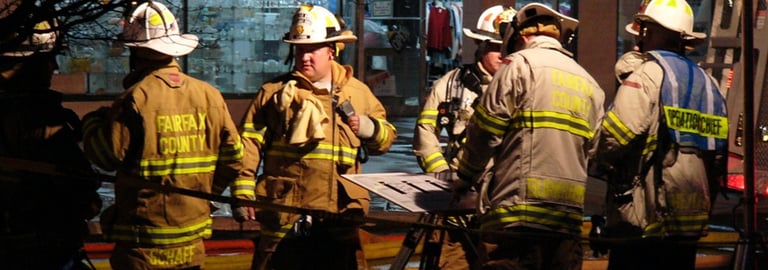 As an EMS professional, I know firsthand how important it is to deliver the highest form of quality care. As a survivor of a heart event, I couldn’t be more grateful for being the recipient of that highest level of quality care. I had a 100 percent block of my right coronary artery, which if left untreated could have led to permanent damage of my heart or even death. A successful outcome to a heart event takes a strong EMS system that starts with a 911 call and rapid dispatch and continues with good EMS prehospital and hospital care.
As an EMS professional, I know firsthand how important it is to deliver the highest form of quality care. As a survivor of a heart event, I couldn’t be more grateful for being the recipient of that highest level of quality care. I had a 100 percent block of my right coronary artery, which if left untreated could have led to permanent damage of my heart or even death. A successful outcome to a heart event takes a strong EMS system that starts with a 911 call and rapid dispatch and continues with good EMS prehospital and hospital care.
Related Posts
How STAT MedEvac Connected Device, Software, and Data Technology To Enhance QA and Elevate Care
Podcast: 4 Ways ePCR Software Can Relieve EMS’ Biggest Headaches
ZOLL Pulse Blog
Subscribe to our blog and receive quality content that makes your job as an EMS & fire, hospital, or AR professional easier.
ZOLL Pulse Blog
Subscribe to our blog and receive quality content that makes your job as an EMS, fire, hospital, or AR professional easier.











